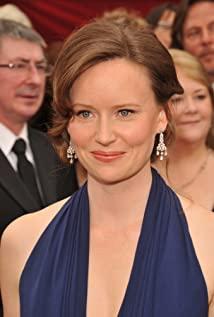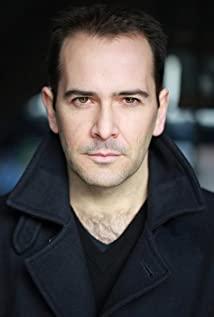For example, the mathematician in the movie repeatedly mentioned a theory, which is the main line of the movie. Simply put, 2, 4, and 6 are not necessarily followed by 8. It can be any number, and it can be proved to be well-founded. This is exactly the truth of impermanence, impermanence is not a negative word, it just means that things have all kinds of possibilities. It sounds simple, but knowing this truth and being able to use it to see things are completely different things, so the theory in the movie sounds simple, but it is packaged in a deep and mysterious way. To use this method, let's take
another example of a dialogue between two male protagonists. Around the 36th point, the professor taught the students not to believe what they saw with their own eyes. There was a gap between what they saw and the reality. He picked up a stone, and it was real, wasn't it? The professor said are you sure. This again expresses the same meaning as emptiness, a bit like an English version of Zen stories, and I will smile when I see it.
In fact, the film itself is not very good, but many theories cited are very interesting. At the end of the book of Right View, the author refuted some people's search for the commonality of religions and forced to use the theory of one religion to explain another religion. I don't intend to use Buddhism to explain Western scientific thought, but the truth is there. Although we still haven't seen everything, it is very interesting to approach the truth with different methods.
View more about The Oxford Murders reviews











